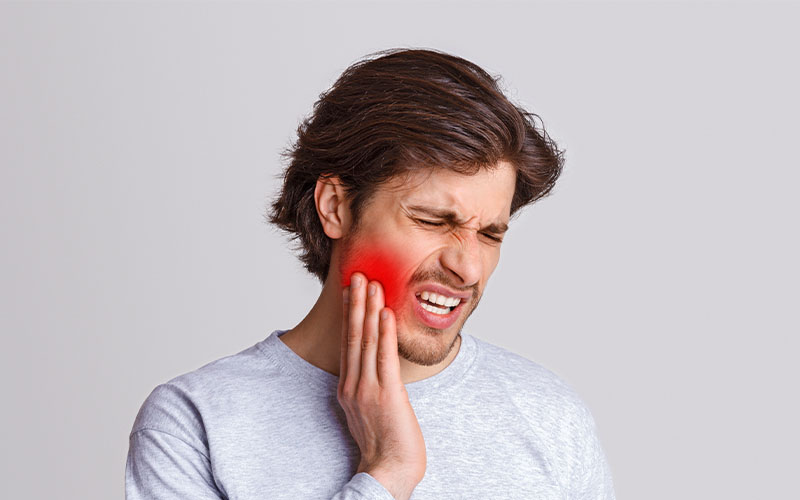A life of adventure comes with risks – and sometimes just doing your day-to-day routine can result in uncomfortable surprises. From sporting injuries to the school yard and everywhere in between, injuries can happen fast. Knowing what to do when they do arise is as important as the precautions we take to prevent them. When a dental emergency arises, do you know how to assess the situation and respond?
What Constitutes a Dental Emergency?
We generally understand when to head to the emergency health department if we have a bodily injury, but when it comes to your teeth, what do we really mean when we say ‘dental emergency’? Generally, dental emergencies can be identified as being painful, producing blood or showing signs of infection. For example, a toothache that starts on a Sunday in a tooth that you’ve been meaning to get filled can likely wait until Monday to be seen. If there is mild to moderate pain that can be controlled with a cold pack on the outside of the cheek or with some over-the-counter pain killer, we encourage you to see us as soon as is reasonably convenient – but we wouldn’t call it a dental emergency.
Abscess or Infection
If, however, you have a toothache that begins abruptly and is causing severe pain, we want to see you right away. Since teeth are alive, they are nourished in part by blood supply, and since blood can transfer infection, we want to address a potential infection in a tooth right away. Signs of infection beyond pain include other symptoms like swollen lymph nodes in the neck, fever, discharge and/or visible knots or pustules on the gingival tissue. Discharge can be indicated by pus that drains from a pimple-like site in the gums, or, a bitter or sour taste that seems to be produced at the site of the painful tooth.
If you suspect that you may have an infection, we recommend phoning our offices right away and indicating that you require an emergency appointment. Since treating dental emergencies is a large part of what your general dentist is trained to manage, we make every effort to leave some time each day to accommodate emergent dental needs. In some instances, however, we will not be able to accommodate you due to scheduling demands. In this case, we will recommend calling another dentist who is near to you and asking for an emergency appointment, since you must be seen to get treatment and relief from your discomfort. Do not place a hot pack on an infected tooth – we recommend using only cold to decrease the pain since warming the area can aggravate the condition.
I Thought I Needed a Dentist Until My Pain Stopped All-At-Once!
The nature of a tooth’s nerve is such that it can send signals of extreme pain for the duration of the infection – unless, of course, the nerve is dead. If you have severe pain that stops hurting abruptly, it is likely that your nerve has died and it remains critical that you be seen by a dentist right away.
Tooth Breaks and Knock-outs
If you have sustained a trauma that has resulted in a tooth being knocked out of its socket, or if it is broken or chipped, we recommend you get to a dentist as soon as possible. Before getting there, however, you should take a few moments to gather your calm in order to perform some preparation for the appointment to follow. First, assess whether there has been any head trauma. When teeth are dislodged due to a strike to the jaw or an accident such as a car collision, it is important to prioritize the head trauma and be seen at your nearest hospital emergency room. If there are no concerns about head traumas or serious lacerations requiring medical intervention due to blood loss, you are safe to prioritize your teeth.
Your first step is to collect any pieces of tooth or the tooth itself and rinse it gently in cool water, taking extreme care not to allow the tooth to pass into the drain. Placing a cloth or towel in the sink can be a good precaution. When you find the tooth pieces, do not attempt to remove any tissue from the tooth and do not handle the tissue. Pieces of teeth can often be bonded back to their original placement using filling material, so don’t skip this step! Where possible, grasp the tooth gently by its crown and not by its roots as this can damage the much-needed delicate tissues necessary to restore the tooth to its proper placement.
If you can replace the tooth into its socket, do so, and transport the tooth to the clinic with your jaw gently closed in order to hold it in place. If you cannot replace the tooth, simply place it in your cheek or in a glass of cold milk until you arrive at your dentist’s office.
If you have a dental emergency, or if you have questions about how our general dentists in West Edmonton at Lotus Dental Wellness can help address your dentistry needs, contact us today!
